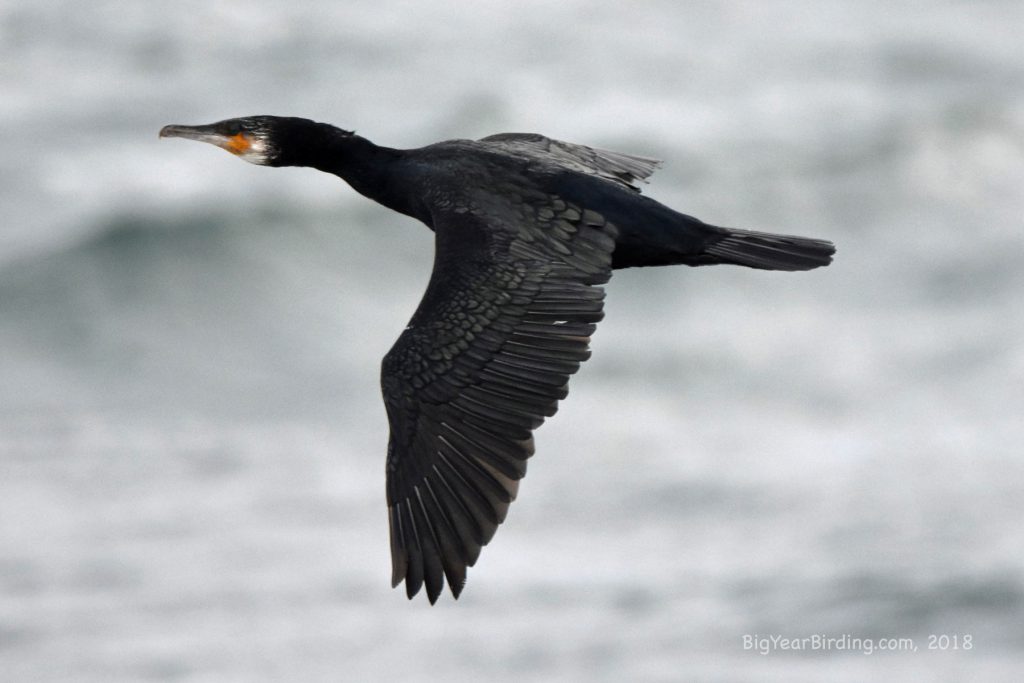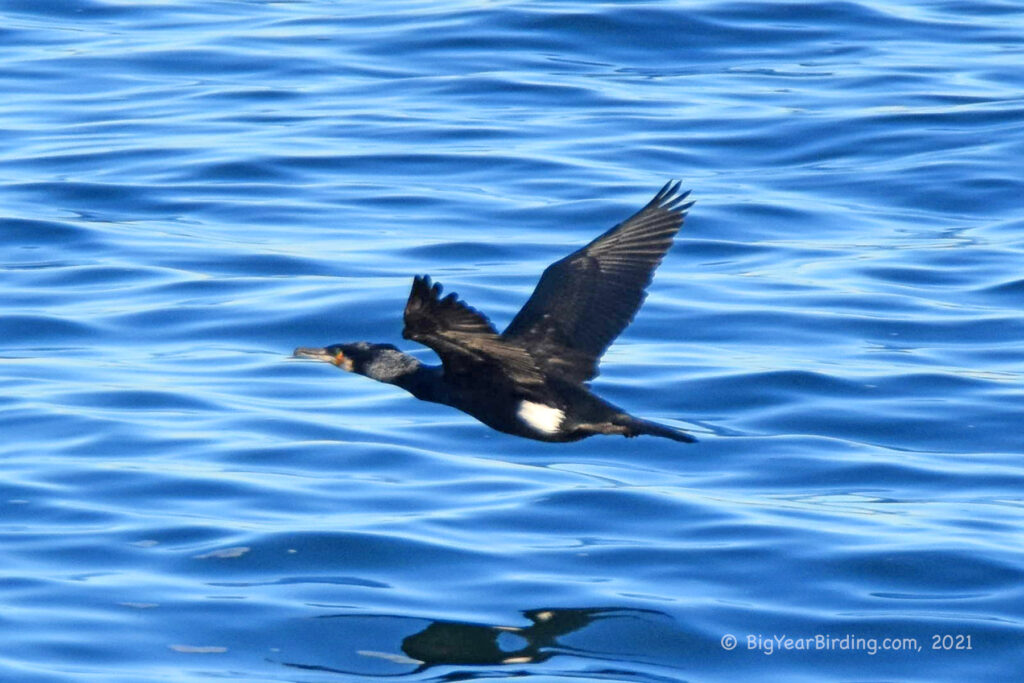
The Great Cormorant (Phalacrocorax carbo) is a large seabird belonging to the family Phalacrocoracidae. It has a length of approximately 32 to 40 inches and weighs around 4.4 to 8.8 pounds. The bird has a distinctive appearance with a long neck, a sharp hooked bill, and a short tail. The plumage of the Great Cormorant is mainly black with white patches on the face and thighs during the breeding season.
The Great Cormorant is found in temperate regions of the Northern Hemisphere, including Europe, Asia, and North America. The bird is also found in parts of Africa, Australia, and New Zealand. It is a migratory species, and its movements are influenced by food availability and weather conditions. Some populations of Great Cormorants migrate south during the winter months to warmer waters, while others remain in their breeding grounds all year round.
The Great Cormorant is an excellent swimmer and diver, and it feeds mainly on fish. It is a skilled hunter, and it uses its sharp bill to catch fish underwater. The bird is also known for its ability to swim long distances underwater, and it can dive to depths of up to 45 feet. The Great Cormorant is a social bird, and it often forms large flocks, particularly during the winter months.
The Great Cormorant is a widespread and adaptable bird, and it can be found in a variety of aquatic habitats, including lakes, rivers, and coastal areas. The bird is also known to nest in trees, cliffs, and man-made structures such as buildings and bridges. The Great Cormorant is a protected species in many countries, and it is illegal to hunt or disturb the bird.

In conclusion, the Great Cormorant is a remarkable seabird with unique characteristics and behaviors. Its distinctive appearance, exceptional swimming and diving abilities, and migratory nature make it a fascinating subject for study and observation. The conservation of the Great Cormorant and its habitat is crucial to maintaining the ecological balance of aquatic ecosystems where it lives.

